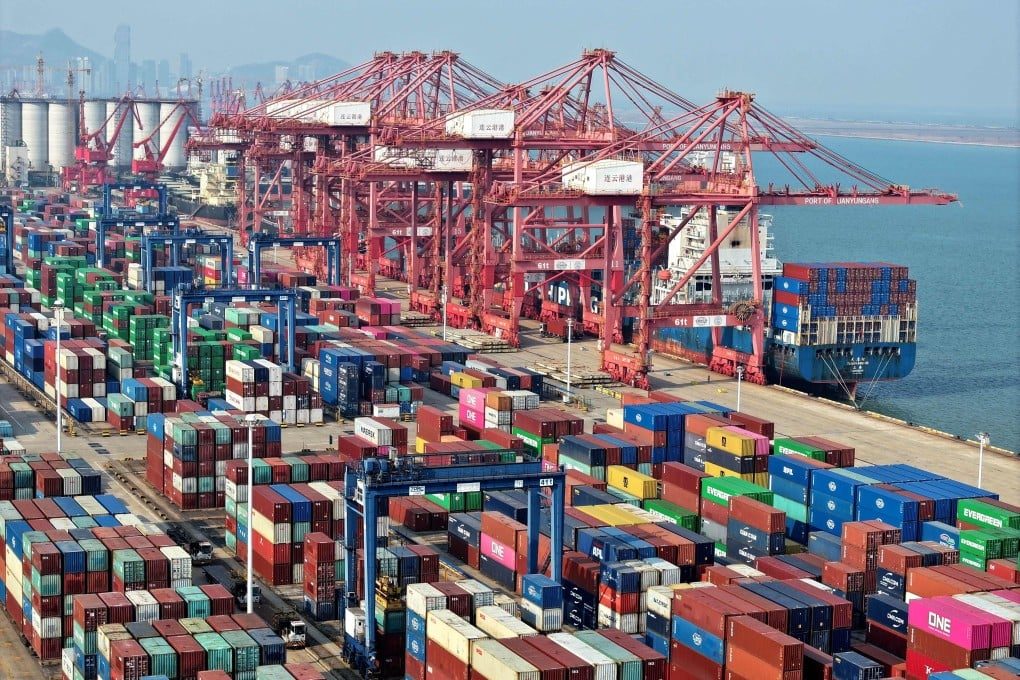China’s exports to the United States plunged 33% in August, as trade tensions and rising U.S. tariffs weighed heavily on shipments. Overall export growth slowed to its weakest level in six months, with customs data showing a 4.4% year-on-year rise, below economists’ 5.0% forecast.
Imports from the U.S. also fell by 16%, while China’s total imports rose only 1.3%, constrained by a sluggish property market and growing job insecurity. The drop in exports partly reflects last year’s high base and the fading effects of the U.S.-China tariff truce.
Zichun Huang, China economist at Capital Economics, said, “With the temporary boost from the U.S.-China trade truce fading and the U.S. raising tariffs on shipments rerouted via other countries, exports are likely to come under pressure in the near term.”
To compensate for declining U.S. demand, China has increased exports to regions such as Southeast Asia, the European Union, Africa and Latin America. Zhiwei Zhang, chief economist at Pinpoint Asset Management, noted, “Chinese exporters have been pushing for higher market share in other countries due to weak domestic demand in China.”
Despite this shift, the U.S. remains China’s largest individual trading partner, absorbing $283 billion of Chinese goods through August, compared with $541 billion exported to the entire EU.

Trade talks remain stalled, with the U.S. maintaining tariffs of around 55% on Chinese goods. Trump has threatened 200% tariffs on rare-earth magnet exports if China does not increase supply; rare earth shipments rose 22.6% in August.
Chinese firms have used transshipment routes to circumvent U.S. tariffs, but a new 40% tariff on such shipments, imposed in July, is tightening restrictions.
Domestically, demand remains weak, with several local governments suspending consumer subsidy programmes due to funding shortages. Goldman Sachs forecasts the producer price index fell 2.9% year-on-year in August, indicating persistent deflationary pressure, while consumer price inflation is expected to have dropped 0.2%.
Neo Wang, China strategist at Evercore, predicts the People’s Bank of China will cut policy rates by up to 20 basis points soon to counter slowing growth ahead of key economic data releases.
“Beijing can use a rate cut to counter pessimism and pacify those expecting bad news to trigger good news,” Wang added.
China faces a challenging outlook as trade frictions and soft domestic demand raise uncertainties for its economic recovery in the coming months.












